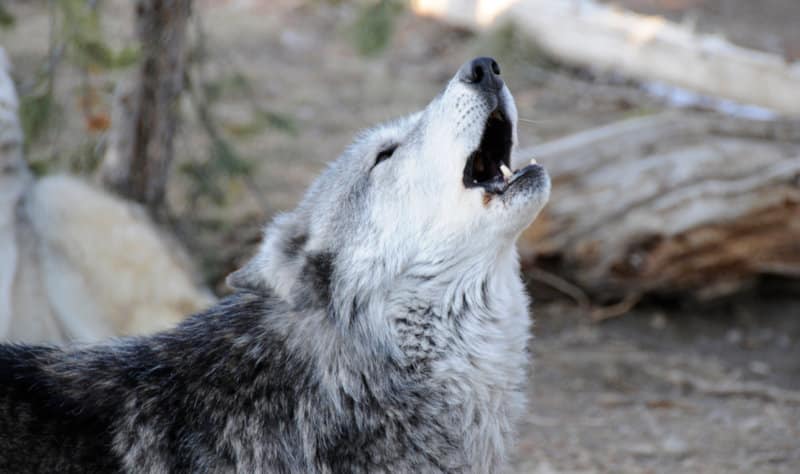When you are deciding on the right dog food for your pet, you wouldn’t usually stop to think about biodiversity and the ecosystem. There is a lot more to consider these days as there are so many options that are not great for your dog or their tummy. There are so many highly processed foods which will upset their tummy or do damaged. Below we have put together a big list of things to consider and keep in mind when deciding.
Creating optimal conditions for the life and development of pets is one of the tasks of owners. Ready-made dry and wet foods can meet the dog’s needs for nutrients, trace elements, and vitamins. The right choice of food and diet affects not only the pet’s condition but also the level of socialization and future generations.
Veterinarians’ recommendations are simple: buying high-quality food and considering the breed’s characteristics will help you avoid health deterioration. For that, the dog food manufacturer indicates detailed information on the packaging. It contains the main ingredients, purpose, and recommended portion sizes.

What should dog owners keep in mind?
Cute puppies grow up too fast. Understanding the peculiarities of the digestive system will help support your puppy during this short but critical period. Experts recommend taking into account several basic (age, size, breed) and additional factors that influence the choice of food:
- Animal proteins are a priority. The rate of nutrient absorption depends on the origin. Vegetable protein does not bring the same benefits as animal protein.
- No enzymes break down fast carbohydrates, so the presence of sugar or fiber in the feed is unacceptable. Owners should avoid products that contain fast carbohydrates to maintain the dog’s health.
- Dogs primarily evaluate smell and taste. When choosing the right food, consider your pet’s reaction. If your dog is not interested in the food you have chosen, replace it with another one.
The information on the package helps you choose the right food, so you should read the instructions before ordering. The manufacturer also indicates portion size and feeding frequency. This helps ensure the right amount of nutrients and preserve the dog’s energy.
Which types of food is better?
The food class notes on the packaging seem to be the most informative. However, the production of products is not controlled by uniform standards. Therefore, the owner must familiarize himself with the composition and come to certain conclusions before buying. The most common reasons for refusing feed are:
- The amount of proteins of plant origin exceeds animal proteins. Processing plant-based substances allows you to eliminate unwanted fiber and fast carbohydrates. Excess leads to deposits on the stomach walls, so it is undesirable. Dogs are primarily carnivores so you need to feed them appropriately.
- Absence (lack) of animal fats. Proper thermoregulation depends on the amount of fat. If the animal’s body does not receive enough of the substance, the protein is used to maintain the temperature instead of creating new muscle tissue. Thus, animal fats (mainly chicken and beef) help maintain a precarious harmony.
- Lack of complex carbohydrates. Refusal of sugar and other simple carbohydrates is justified, but these substances cannot be completely excluded from the diet. Their absence in the feed leads to increased fatigue and poor health.
The lack of nutrients is noticeable, so owners should monitor not only the composition of the food but also the dog’s condition. In addition, comparing the manufacturer’s recommendations with the veterinarian’s advice will help avoid undesirable consequences such as obesity, gastrointestinal problems, and more.
Which food is right for your pet?
Dogs have different needs, so owners must monitor their changing needs. Puppies grow up quite quickly, and their nutritional requirements change with it. Food manufacturers recommend choosing products based on age and breed characteristics. If you have health problems, you should listen to your veterinarian’s recommendations. If you want to know what food a dog eats, keep reading!
It is pretty easy to understand how a dog feels about the food offered. An unpleasant odor can be off-putting, but it’s not the only reason. If you notice strange behavior, you should consider changing the diet. First, it may be an intolerance to certain ingredients which can be found on the packaging.
The reason for changing the food is not only health problems but also:
- growing up;
- pregnancy and lactation;
- weight gain.
You can avoid unpleasant consequences by following the rules for introducing new food. Veterinarians recommend changing the diet by gradually increasing the portion size. At the same time, the previous diet is preserved, but its part is reduced.
A proper dog diet should include dry and wet food (canned food). In addition, you should ensure free access to water before each meal. Unlike cats, dogs are more thirsty, and the amount needed depends on their size and activity.




